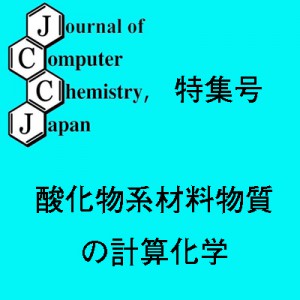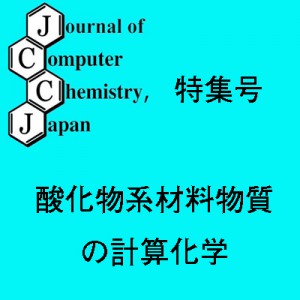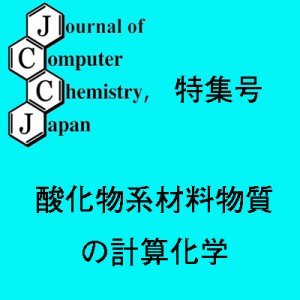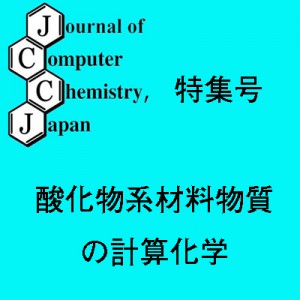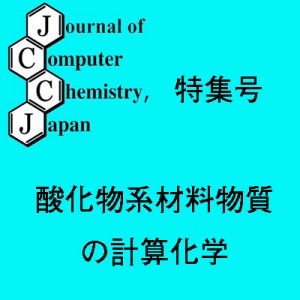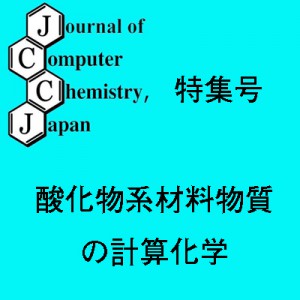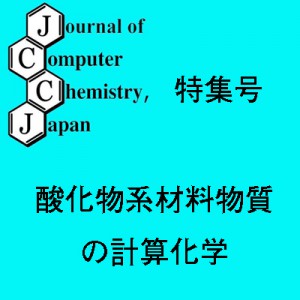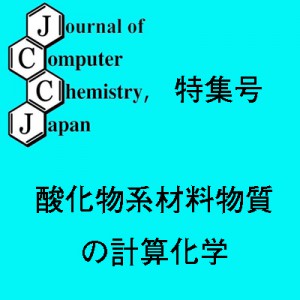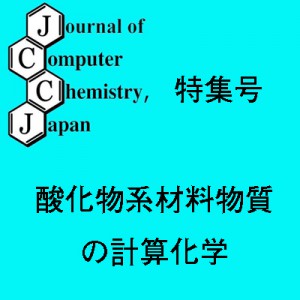[Published online Journal of Computer Chemistry, Japan14, 111-116, by J-STAGE] <Title:> Molecular Dynamics Simulation of the Behavior of Beryllium Diffusion in Corundum
<Author(s):> Jun KAWANO, Muneyuki OKUYAMA, Takeshi MIYATA
<Corresponding author E-Mill:> j-kawano(at)mail.sci.hokudai.ac.jp
<Abstract:> Molecular dynamics (MD) simulations are highly useful for analyzing atomic behavior during diffusion, especially in systems that are difficult to investigate experimentally. The focus of the present study was the diffusion behavior of Be in corundum, which was analyzed by MD calculations. First, we derived new potential parameter sets for O, Al, and Be. This parameter set was verified to well reproduce the structures and properties of corundum, bromellite, and chrysoberyl. Based on MD simulations of corundum containing Be as interstitial atoms, where the simulations were performed using the newly derived potential parameters, the diffusion coefficient was estimated to be approximately 10-7 cm2/s at around 2100 K. This is consistent with previously published experimental results, which confirms the validity of the MD simulation. The present calculations also reveal the detailed atomic movement, where Be atoms jump between Al sites and/or interstitial sites, and that the activation energy of this process is approximately 1.1 × 102 kJ/mol.
<Keywords:> Diffusion, Molecular dynamics simulation, Corundum, Beryllium, Gemology
<URL:> https://www.jstage.jst.go.jp/article/jccj/14/4/14_2015-0016/_article/-char/ja/
